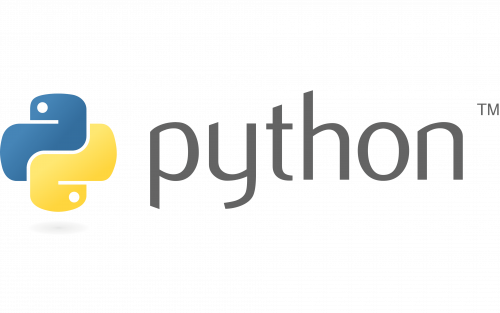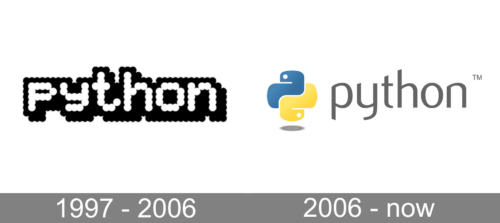In the realm of software development, Python shines as a beacon of versatility, influencing a flux of technological advancements. Its implementation extends far beyond simple scripts, powering complex applications from web development to data science. At its core, Python facilitates an interaction that appeals to both novices and seasoned developers, thanks to its readability and straightforward syntax. Its official guidelines ensure that even the most intricate Python projects maintain clarity and coherence.
What font is Python logo?
The Python logo, a trademark of the Python Software Foundation (PSF), embodies the essence of Python’s identity. Under the PSF trademark usage policy, the logo uses a font that harmonizes with Python’s open and accessible nature. This specific font is part of a vector image that serves as the original master for reproducing the logo across various mediums. Enthusiasts and developers alike can utilize this font in accordance with the guidelines set forth by the PSF, ensuring that the use of Python and its emblem reflects the values and uses of the trademark. Whether for professional projects, educational purposes, or creating merchandise like own shirts, adhering to these guidelines ensures respect for the PSF’s behalf and the broader Python community.
Meaning and history
Python, conceived by Guido van Rossum in 1991, emerged as a successor to the ABC language, aiming to bridge the gap between C and shell scripting, with an emphasis on readability and simplicity. This font of innovation quickly garnered attention for its suitability across various domains, from automation to web development. Notably, Python’s growth is marked by significant milestones, including the adoption by Google and its pivotal role in the development of the Dropbox cloud storage service. Its trademarks of simplicity and flexibility led to widespread adoption in academic and research settings, further cementing its status.
Today, Python holds a prestigious position as one of the most popular programming languages in the world. Its community-driven development, spearheaded by the Python Software Foundation (PSF) on behalf of the global programming community, continues to thrive. The language’s ecosystem has expanded to include a vast array of libraries and frameworks, bolstering its application in fields as diverse as artificial intelligence, scientific computing, and data analysis. The Python brand, synonymous with innovation and ease of use, extends its influence through merchandise, from t-shirts to brochures, all adhering to the PSF’s guidelines and often featuring Python vectors in SVG vector illustration or PNG format for graphic art design. The icon library, enriched with monocolor and vector representations, is pivotal for developers and designers alike, offering resources that range from sketches to fully realized designs in Figma or JavaScript checkout systems, underpinning Python’s broad impact on technology and culture.
What is Python?
Python is not merely a programming language; it’s a cornerstone of modern software development. With its official Python implementation and adherence to the PSF’s guidelines, it underscores a commitment to open source principles and the advancement of technology. The language’s design, emphasizing code readability and succinctness, makes it an invaluable tool for developers around the globe. Its license fosters a welcoming environment for all forms of innovation and interaction, from the creation of brochures and merchandise to the development of comprehensive software solutions.
1997 – 2006
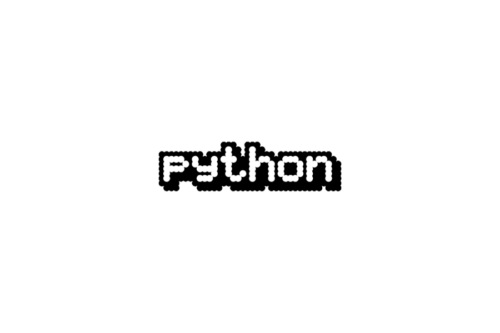
This logo version stayed with the company for almost 10 years despite being relatively simple. It consisted of a name printed in all lowercase letters using small white circles. To make these stand out and give it some weight, the designers added black circles to create a shadow and outline. The dots surely could symbolize that great results are achieved through little things.
2006 – Today
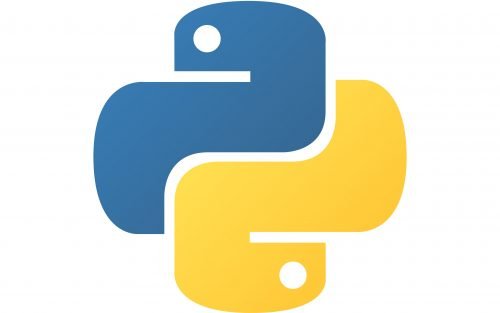
The Python logo is composed of an iconic emblem with a wordmark on its right. The emblem depicts a two-colored snakes image, which was based on the ancient Mayan drawings. They usually represented a python with a shortened tail and a big head.
The Python wordmark in all the lowercase lettering is executed in a fine and elegant sans-serif typeface, where the upper parts of “T” and “H” are diagonally cut.
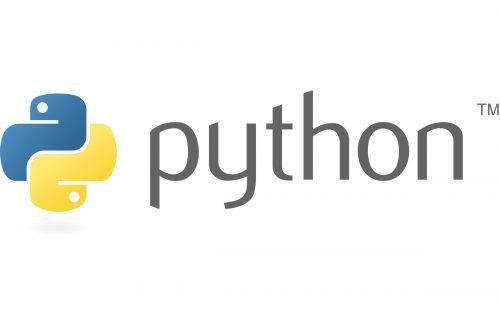
The blue and yellow color combination of the emblem is balanced by a calm gray of the inscription. The Python tricolor is a reflection of creativity and professionalism, it also evokes a sense of confidence and stability.
The Python logo is timeless and memorable. Being only refined throughout the years it always looks contemporary and actual, using a bright color palette and traditional yet elegant shapes.
Why is Python a symbol of a snake?
Although the name of the well-known programming language was inspired by the popular Monty Python’s Flying Circus show, the word “Python” is still associated with a snake in the first place. Hence the logo for the language is based on a stylized image with two snakes, yellow and blue.
Can I use the Python logo?
Yes, you can freely use the Python logo for different non-commercial needs, as the graphical emblem of the programming language, along with other visual elements, associated with it, are not registered and available for everyone to place on websites and packaging. Although, if you are going to use it for commercial purposes, you will need to get official permission from the company.
Who created the Python logo?
The logo for the programming language was created by its developer, Guido Van Rossum. The man was inspired by the Monty Python’s Flying Circus shows, hence giving the language the name, connected to it, but decided to design the logo according to the first meaning of the word, a snake.
How do you make a Python logo in Python?
If you want to create the Python logo using the Python programming language, there is a special tutorial, which can be found online. It is a step-by-stead guide, with all the codes, needed for the creation of contours and colors of the famous emblem.


